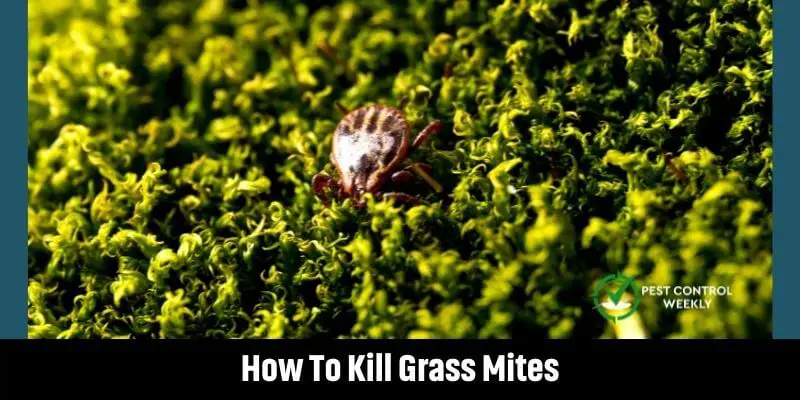Grass mites are a group of microscopic mites that feed on the sap of turf grass. Some of these mites also infest houseplants, ornamental plants, and vegetable gardens. But if they are damaging your grass in the garden how to kill grass mites?
Use the following methods to eradicate these microscopic pests successfully:
- Cultural Controls
- Insecticidal Soaps
- Miticide
- Horticultural Oils
- Pyrethroid Products
- Bifenthrin Spray
- Borax
- Neem Oil For Mite Control
- Water – To Control Grass Mites
- Pest Control Service-360 Degree Automatic Rotating Garden Sprinkler
- Mycorrhiza
A garden with yellowish-brown spots, silvery lines, stunted growth, and, finally, big swathes of dead grass are indications that there are grass mites present. Read the article below to find out how to prevent gardens/Lawn from the grass mites.”
Grass Mites
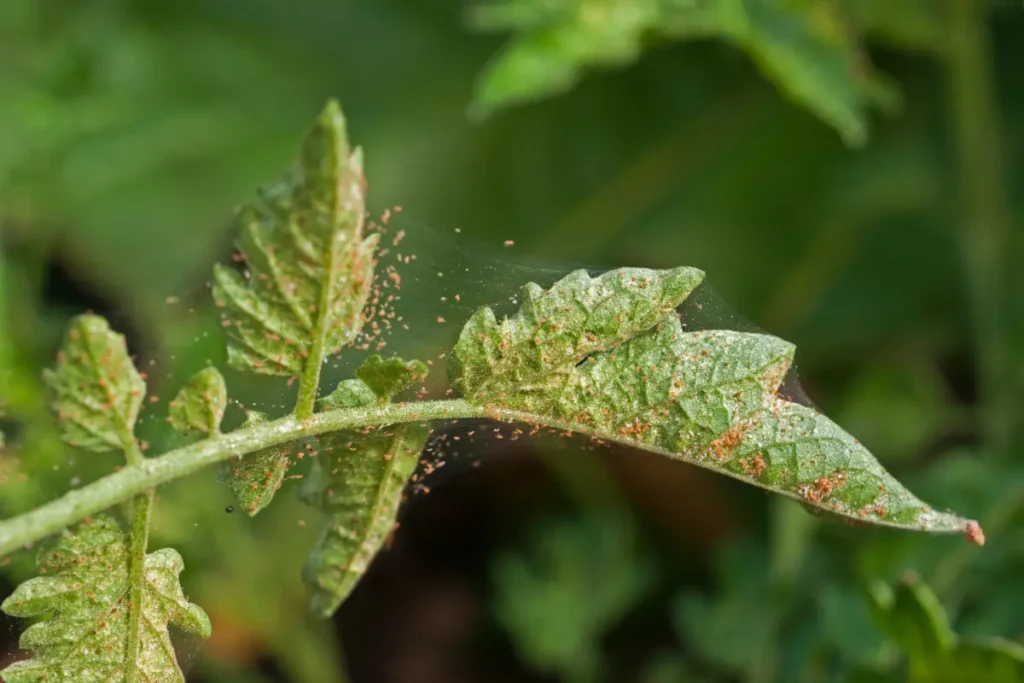
Grass mites are a group of microscopic mites that feed on the sap of turf grass. These mites also infest houseplants, flower, and vegetable gardens.
Three species of mites are responsible for severe issues in most grass varieties. The bank mite, brown mite, and clover mite are three types of mites that frequently afflict turf grass.
The best places to find grass mite infestations are those afflicted by drought. Typically, from winter till spring is when the mites attack the turf grass.
In general, the life cycle of a grass mite begins with the egg, followed by the larva, nymph, and mature adult stages.
Depending on the species and temperature, the time it takes from egg to adult spans between five and twenty days. Hotter days result in faster maturation of adult mites. A female grass mite can produce hundreds of eggs in the two to four weeks she spends as an adult.
How To Kill Grass Mites [11 Simplest Tips]
1- Cultural Controls
Begin by watering regularly but avoid over-fertilizing to limit the population of grass mites. Pests are attracted to drought-stressed lawns. Remove grassy weeds from the area and mow at the grass species’ specified height. To eliminate eggs, larvae, nymphs, and adult mites, bag and dispose of grass clippings in the garbage.
Dethatch Bermudagrass in the spring to eradicate the mites when new growth develops. Dethatching the grass should first be done in regions that aren’t contaminated, and then you should go on to the infected areas and clear up as much trash as possible.
Dethatching and raking are less effective than dethatching with a grass catcher. After dethatching, properly water the area. Remove plant waste and dead weeds in the fall to attract female mites.
2- Insecticidal Soaps
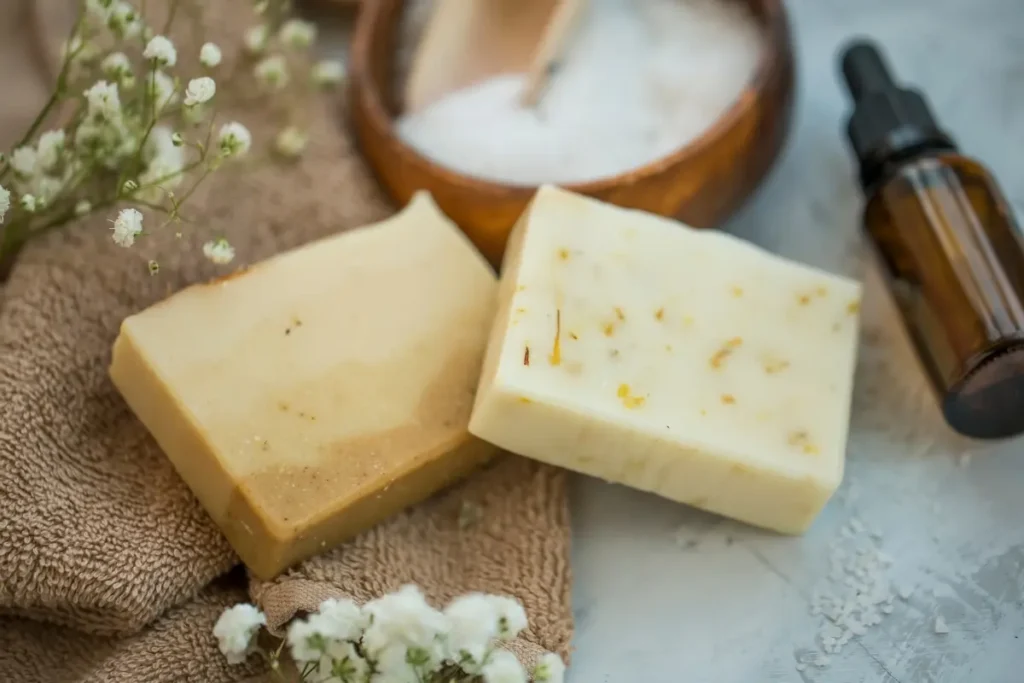
Soap is created by combining the fatty acid part of either plant or animal oils with a strong alkali. They are heavy acid potassium salts. Insecticidal soaps are a more refined type of liquid dish soap.
While you could produce your insecticidal soap mixture, plant harm is a much greater danger of plant harm. Because of their chemicals, dry dish detergent and all laundry detergents are too abrasive to use on plants.
Some soaps and detergents don’t work as well as insecticides, and some of the additives they contain might be hazardous to plants and may damage them.
3- Miticide
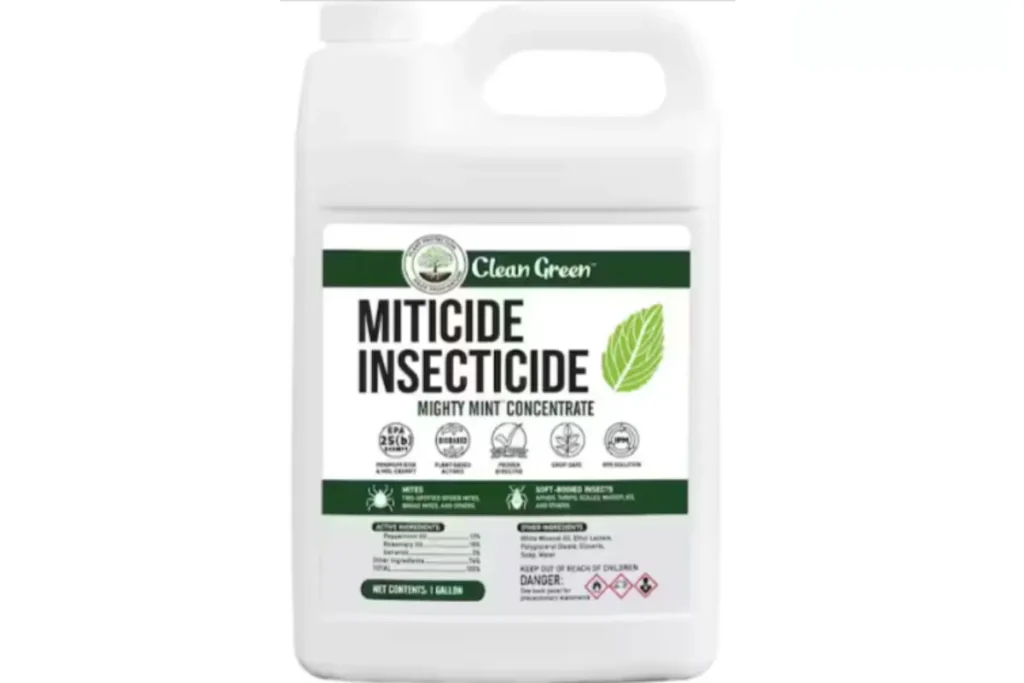
Mites are microscopic insects that dwell between the new growth points of turf leaves. Apply the miticide liberally but with a fine nozzle for the best control; for traditional sprayers, turn the nozzle tip until it is at its finest and then apply.
To have the best possibility of contacting mites and thus suppressing them owing to where mites dwell, the application must have good coverage of the plant’s leaves, foliage, and crown.
A non-ionic surfactant, such as Agral Spray Adjuvant, will help ensure the miticide penetrates. Miticides such as Agador target the adults and nymph stages of the life cycle, where they spend 90% of their time, allowing for more control.
4- Horticultural Oils
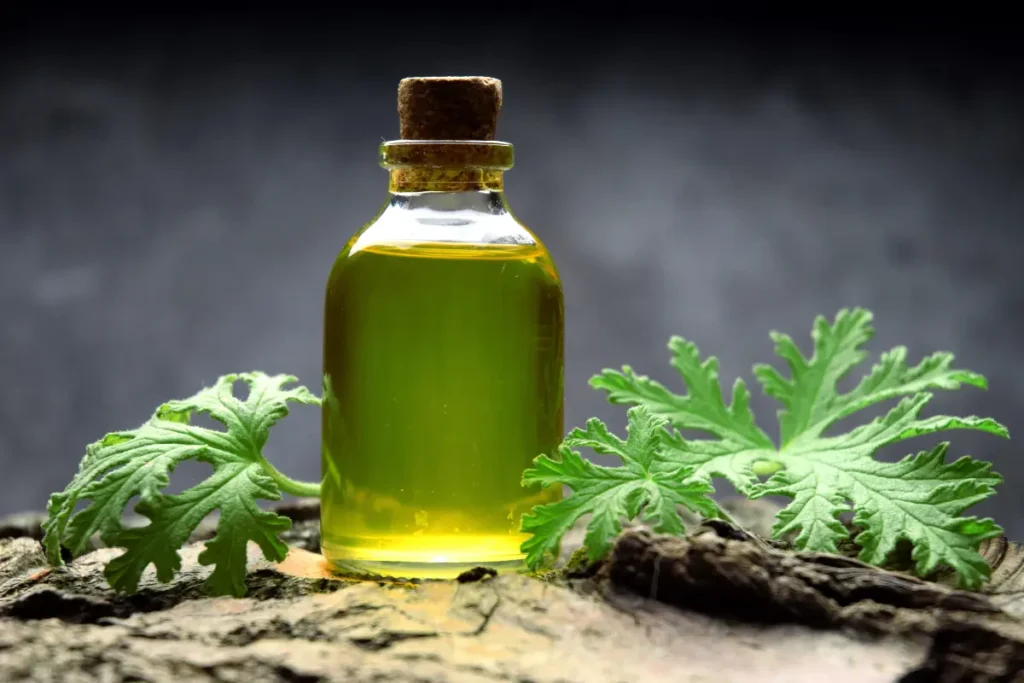
Pesticides known as horticultural oils are used to control insects, mites, and some plant diseases. They were developed especially to deal with plant pests.
The compounds that are damaging to plants are removed from horticultural oils, these oils are refined petroleum products with 99% purity.
After distillation and filtration, they are then blended with water using an emulsifier, enabling simple application. Horticultural oils made from plants are available in addition to those made from petroleum. These might include oils from soy, cottonseed, sesame, neem, or other sources.
Conversely, plant-based horticultural oils may burn plants more quickly since they are less refined.
5- Pyrethroid Products
After all, plants have dried, use a pyrethroid insecticide with a long residual to control banks of grass mites. Supreme IT is a pyrethroid-based residual insecticide containing 7.9% bifenthrin that controls banks’ grass mites in residential and commercial lawns.
Because it is a suspended concentrate, it must be combined with water before use. To treat a significant area of your property in one application, we recommend utilizing a 20-gallon hose-end sprayer. To calculate how much Supreme IT to use, measure the area that will be treated.
6- Bifenthrin Spray
Bifenthrin is a significant active ingredient in many of the professional-grade insecticides we provide at Solutions Pest & Lawn, including our renowned Supreme IT recipe, which we manufacture in-house.
Bifenthrin’s mode of action is similar to those of other insecticides on the market in that the chemical targets insects by paralyzing the central nervous system upon contact or ingestion.
This paralysis causes the pest to be unable to function or eat, eventually leading to death. A pest’s death might take anywhere from minutes to several hours. Bifenthrin is often sold as a liquid concentrate that must be blended with water in a pump sprayer.
7- Borax
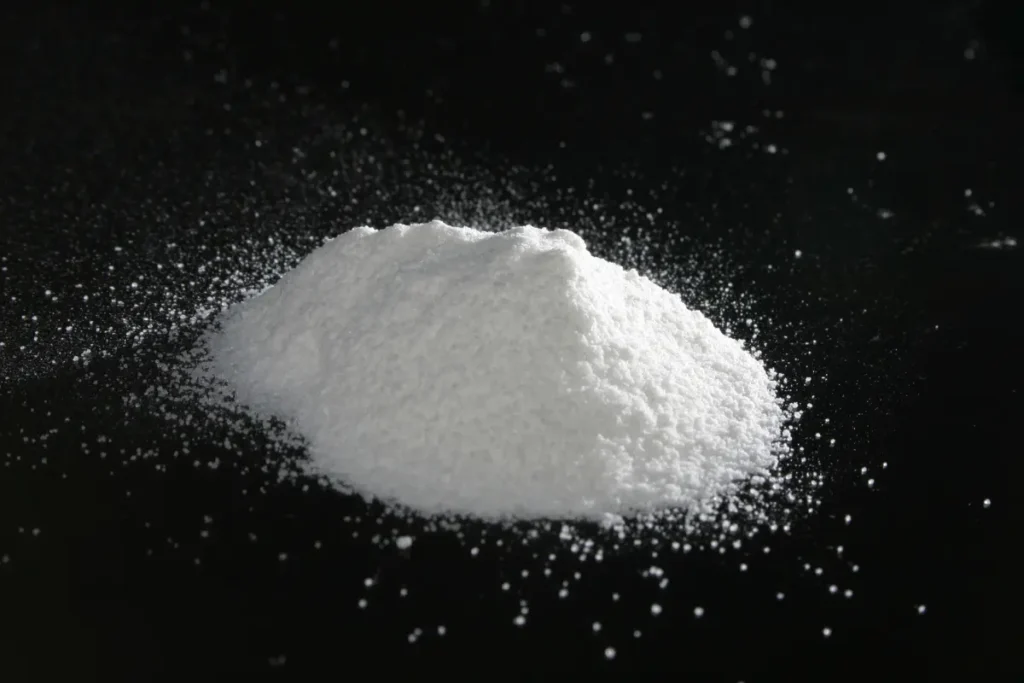
Borax is a mineral that occurs naturally. It’s made up of boron, sodium, and oxygen. Sodium tetraborate decahydrate is another name for this whitish powder. Borax is found in many cosmetics, cleaning products, and pesticides.
Borax interferes with the digestive process of crawling insects, including ants, cockroaches, and other pests, when it is digested. Problems often die within 24-48 hours of ingesting borax. Borax is also abrasive and can weaken pest exoskeletons.
Before planting your plants, put some borax into the soil. This can help to strengthen boron-deficient soil. Plants can be kept healthy by placing them on the proper ground. Your plants will be less susceptible to pests if they are in good health.
8- Neem Oil For Mite Control
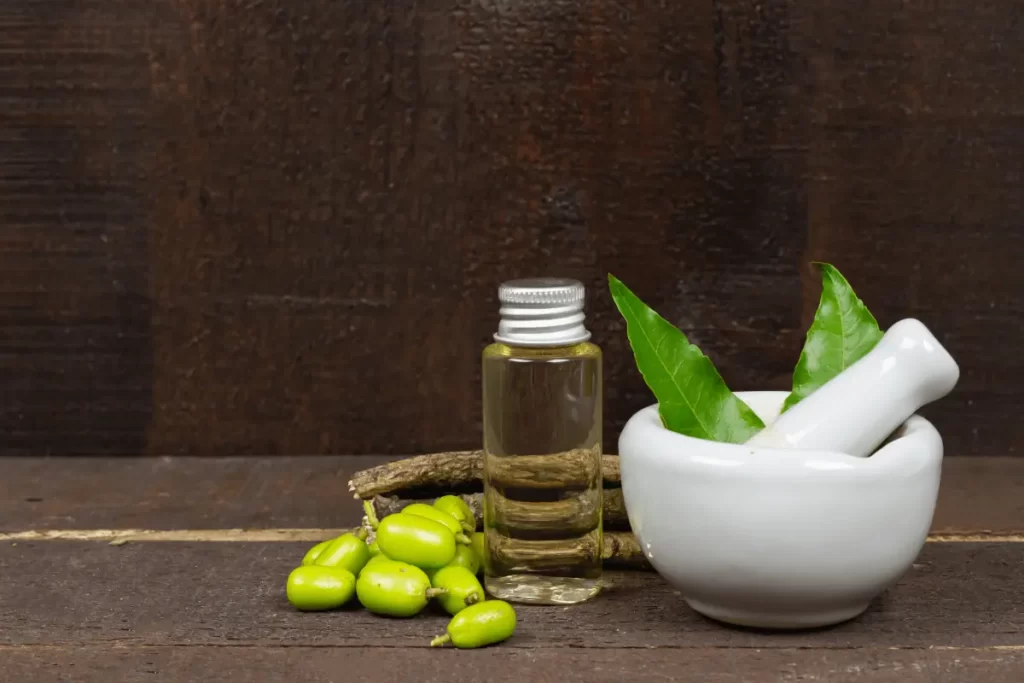
Although neem oil is one of the few entirely natural therapies for spider mites, the incorrect application can weaken or eliminate its effectiveness.
Neem soil drenches or soaks are extremely powerful against spider mites because they contain the highest concentration of Azadirachtin, which is found in 100% cold-pressed raw neem oil.
The Azadirachtin in the soak is absorbed by the plant, transforming it into a systemic pesticide. Azadirachtin is a natural substance discovered in the neem plant that closely matches insect growth and reproduction hormones.
When a spider mite baby consumes Azadirachtin, it may lose interest in feeding, and its ability to grow to the next stage of development may be hampered or even blocked.
9- Water – To Control Grass Mites
A proper irrigation schedule can help to discourage and stop Banks grass mites because they thrive in dry conditions. Depending on your lawn and plant type, water with an inch of irrigation no more than once per week. Spray plant leaves from top to bottom to dislodge any webbing, eggs, or pests by themselves.
It would help if people kept watering until the ground freezes or a few weeks before the first frost because these pests are active in the winter and fall.
10- Pest Control Service-360 Degree Automatic Rotating Garden Sprinkler
Companies that specialize in pest management are carefully regulated and frequently have a good understanding of local conditions and these companies use garden sprinklers to kill grass mites.
Automatic Rotating Garden Sprinkler has
Durable Material: High-grade ABS plastic is used to make our sprinklers. This robust L-shaped sprinkler is resistant to corrosion, won’t rust, and will deliver enduring, worry-free functioning.
360° Rotation: You may change the angle to distribute irrigation evenly over your garden.
Save time and effort by using this sprinkler, which is incredibly simple to install and operate.
Super sprinkler, L-shaped irrigation, garden watering, 360-degree rotation. Multiple uses. On hot, sunny days, people can mostly use these L-shaped spray heads as a fun sprinkler set for kids to play with and cool down.
11- Mycorrhiza
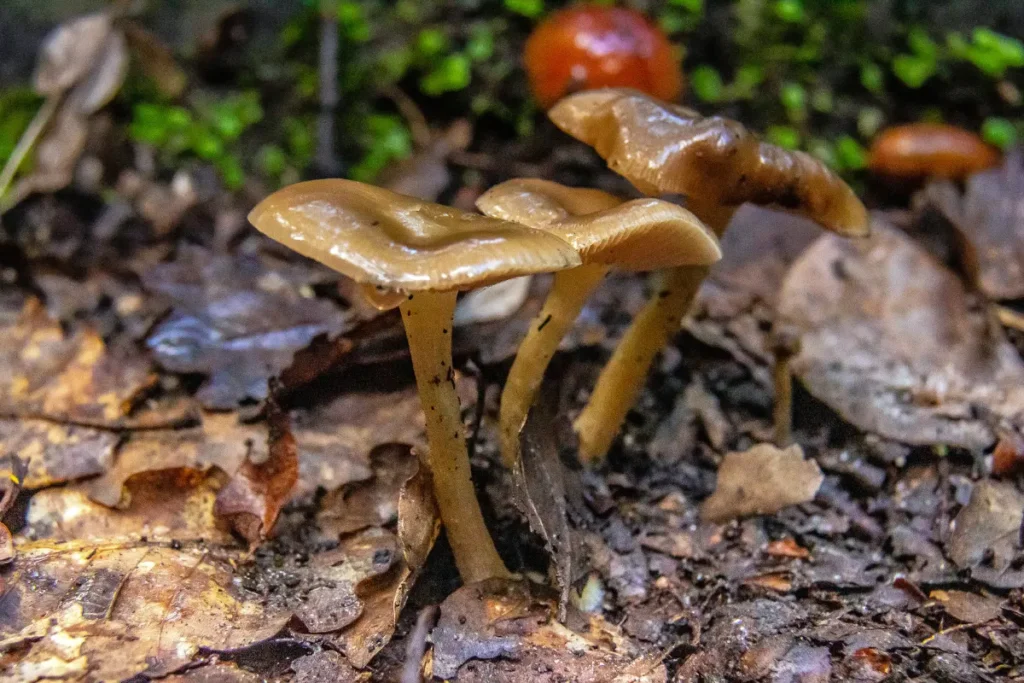
To get rid of grass mites, people believe in developing healthy populations of soil fungus, particularly arbuscular mycorrhizal populations. These fungi reside on and in the roots of your plants and aid in nutrient uptake.
Mycorrhiza enhances grass growth and plants’ capacity to absorb nutrients, increasing the concentration of salts and sugars in the leaves and lessening the appeal of your grass to mites.
Conclusion
Mites are serious pests because of their tiny size, short life cycles, and predisposition for fast population expansion. If your Lawn is damaged, carry out and restore simple, ordinary lawn maintenance procedures. If you continue to maintain healthy Lawn practices, mite cases will become barely detectable. Poor and weak grounds result from mite damage, which will cost more to preserve and repair.
Timing is the most critical factor when solving the grass mite problem. Early diagnosis and control will stop interior attacks and lawn problems. To ensure that the Lawn is clear of these and other pests, it is crucial to discover how to get rid of lawn mites.
You should combine careful watering with mycorrhizal fungus, balanced organic fertilizers (slow-release goods), soil-building slow-release products, and above mention techniques. Healthy soil and grass are resistant to mites. Pesticides and poisons must be used to treat unhealthy grass in unhealthy soil.
References
Bynum, E.J., Archer, T. Susceptibility of populations of Banks grass mites (Acari: Tetranychidae) suspected of developing bifenthrin resistance from three maize fields. Exp Appl Acarol 27, 303–312 (2002)
Matthew S Brown, Carmen K Blubaugh, Juang Horng Chong, Biology and Management of Eriophyid Mites in Turfgrass, Journal of Integrated Pest Management, Volume 12, Issue 1, 2021, 2
